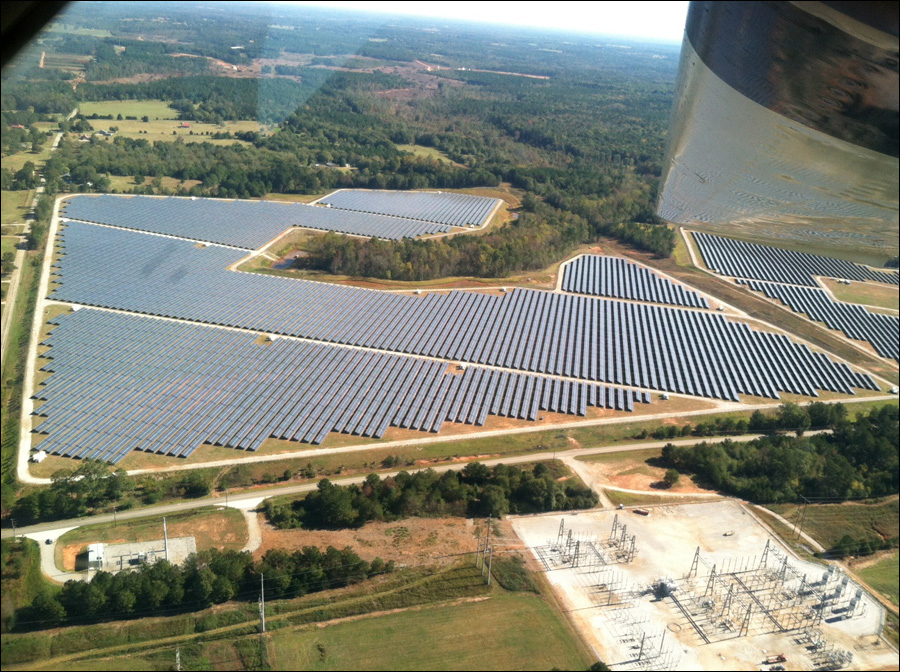ClimbnSink
Ejection Handle Pulled
- Joined
- Oct 11, 2007
- Messages
- 6,997
- Display Name
Display name:
Greg
Doesn't matter how cheap they get, there ain't enough juice available from solar panels to make baby solar panels. Go do Doc's math.
The 10 to 1 example was nothing more than a metaphor. The previous poster made this silly statement and I pulled the 10 to 1 example out to demonstrate the mistake in his logic. It could be 100 to 1 or 1000 to 1 and the message would have been unchanged.
"When will they be able to make solar panels in a plant powered by solar panels? Hint: Never. Not enough energy density. Total waste of money."
The fact is that solar PV technology is plummeting in cost and there is no reason to not expect this trend to continue.
http://www.bloomberg.com/news/2014-...r-oil-prices-this-just-happened-to-solar.html






